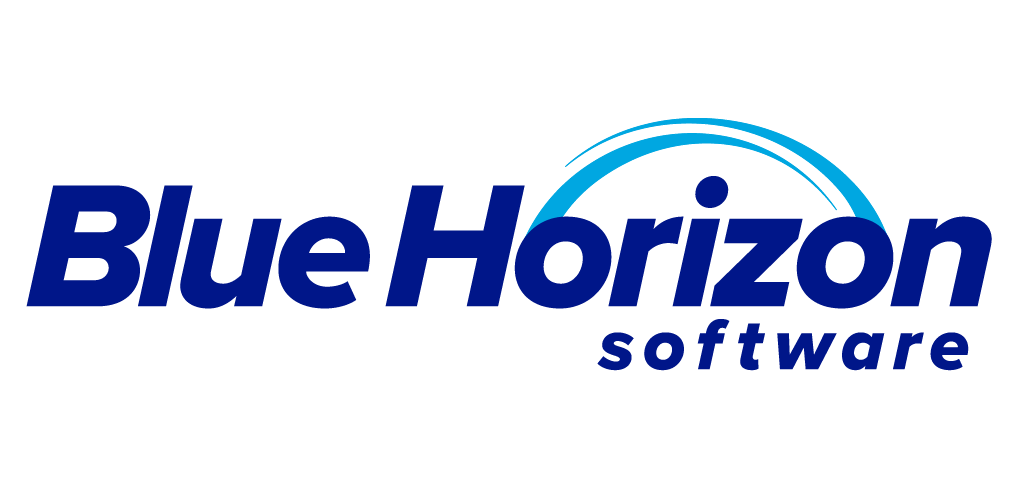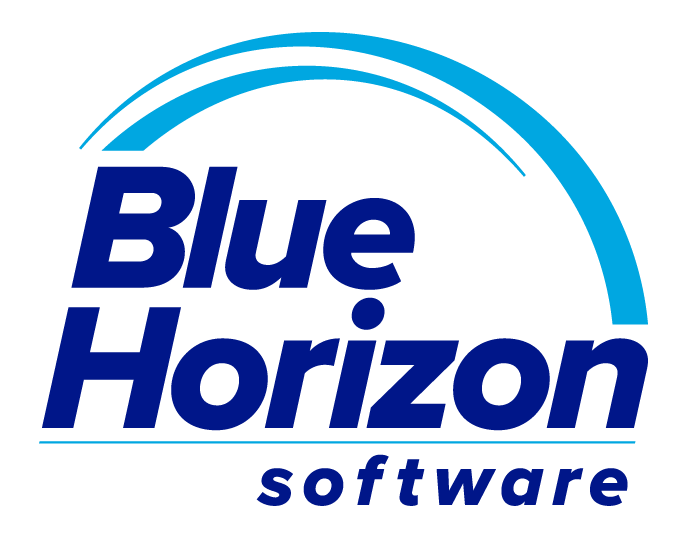Blue Horizon’s reading list is a curated collection of articles for SaaS founders and management teams. We are entrepreneurs and operators who have lived through the process of founding and scaling software companies. Here are the articles and resources we found useful this week.
Product-Market Fit: Find Value Before You Scale
by airfocus
To identify what market to enter, and where to innovate, you’ll need to talk to customers and potential customers, a lot. Discover what problems they currently have and how they’re trying to solve those problems. Then uncover what could make those solutions better. In other words, continuous discovery.
The Challenge with SMB SaaS: High Growth Can Only Mask High Churn for Just So Long
by Jason Lemkin
But beyond all the other Pros and Cons of SMB vs enterprise, there’s one looming issue with SMB SaaS: Churn.
Endemic churn. The type of churn you almost can’t do anything about. Why?▪️ SMBs go out of business, and quickly. Enterprises take decades to go under.
▪️ SMBs pay monthly, and often scrutinize every expense
▪️ SMB owners often literally pay out of their own pocket, or feel that way
▪️ SMBs don’t really budget for much, so if the business goes down, software purchases often go down very quickly too
The Problems with Picks and Shovels Business Models
on Founder Collective
Key takeaways:
▪️ First, asking if your product has broad utility is helpful because it helps determine how robust your startup will be to shifts in the market. Ideally, a tool has utility in multiple applications.
▪️ The best picks & shovels startups can pivot to a degree.
▪️ Many picks & shovels startups get into trouble by tying their fate to a single, nebulous category. These entrepreneurs often arrive before the emergence of replicable use cases or even a clear sense of who the target user would be.
Investing Sales and Marketing Dollars in Retention vs. Acquisition – How much?
On OPEXEngine:
Acquiring new customers often gets all the attention – but depending on how much the land and expand model you follow, customer retention and expansion costs should be carefully calibrated. These proportions vary depending on the business model and type of sales, as well as the stage of the company. For these reasons, it is critical to compare your acquisition and retention costs against benchmarks that are fine-tuned to companies with very similar business models.
What does it take to raise capital, in SaaS, in 2022?
by Christoph Janz
…the clearest takeaway from this year’s survey is that investors pay more attention to capital efficiency and valuation…it’s another confirmation that investor sentiment has indeed shifted from “growth at all costs” towards a more balanced view of growth and efficiency…
5 Interesting Learnings from Shopify at $5 Billion in ARR
by Jason Lemkin
▪️ SaaS growth slowed to 10% year-over-year, down from a peak overall growth of almost 100% (!) during peak Covid in Q3 2020.
▪️ Gross Margins declining toward 50% as payments, merchant services and more outpace the growth of SaaS subcriptions.
▪️ Shopify may no longer really be a software company. But more a lower margin payments and fulfillment company with a software layer.
The Math Behind Starting a Successful Software Startup
by Tomasz Tunguz
Despite all the changes of the past ten years – 10x growth in venture dollars & 70% correction in stock market valuation – the economics behind starting a successful software company remains compelling, even throughout downturns.
About US
Blue Horizon acquires and invests in profitable software businesses with stable recurring revenue streams. The Blue Horizon platform combines long-term capital and industry expertise with an operating model that enables businesses and their leaders to focus on growth and profitability.

